Puzzle of “no mess” sand
 Feb 10, 2015 • 9:43 AM UTC
Feb 10, 2015 • 9:43 AM UTC Unknown Location
Unknown Location 140x Magnification
140x Magnification Plants
Plants
Manu Prakash
I am a faculty at Stanford and run the Prakash Lab at Department of Bioengineering at Stanford University. Foldscope community is at the heart of our Frugal Science movement - and I can not tell you how proud I am of this community and grassroots movement. Find our work here: http://prakashlab.stanford.edu
266posts
1192comments
42locations
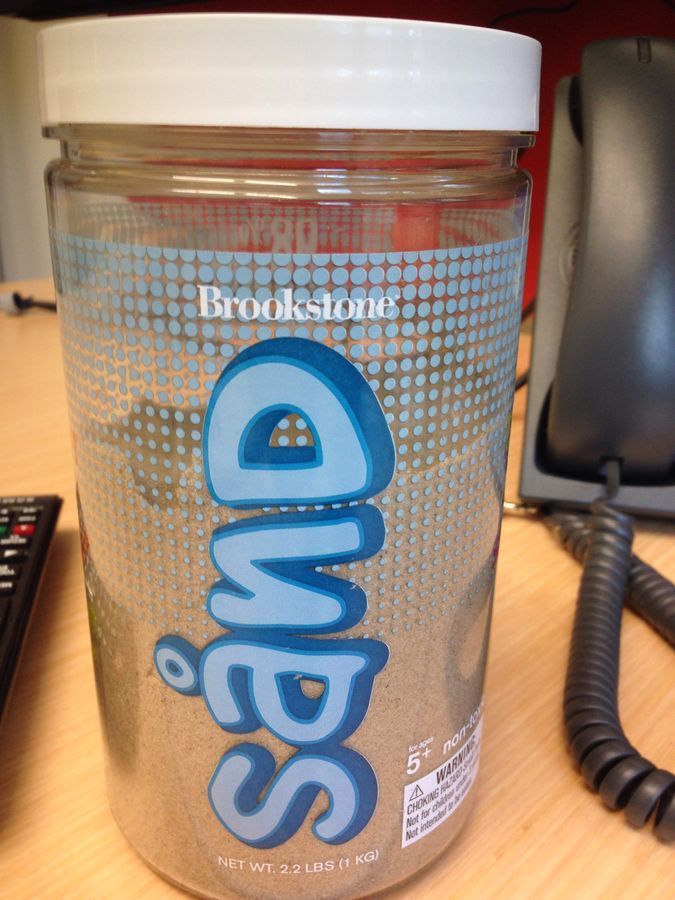
Recently, killing some time at the airport – I went into a Brookestone store. The only thing that excites me at the store was the pile of “sand”. Now, firstly – somebody has figured out how to sell sand for $20-30 bucks. That is genius. But once I insisted, the store manager let me play with it – and it was FUN. It somehow is sticky to your hands; but does not really leave sand grains anywhere. In physics speak, we call it “hard sphere” suspension with a strong attractive potential and a repulsive potential at point of contact if hard spheres. More importantly, it has unusual properties – it will form beautiful fractal bridges, almost move spontaneously in a very organic way. Overall, a lot of FUN.
Now it was obvious, I had to figure out how it actually works. More precisely, what did the inventor do to “sand” to have these properties. I pulled out my foldscope; stock some of it on tape and put it in my microscope. Here is what I observed:
1) it is in fact real sand. I was thinking they would sell beautiful spherical glass beads. No – it’s just sand.
2) I could not detect any real thin film of “polymer” – another fluid material that the sand was coated with. Clearly two sand grains were sticking to each other and it was clear something was between them. Typically particles repel each other due to equal charge. (This is why an hourglass actually works).
3. The shapes were all irregular – not just round. Although it was very clear this was sand from the beach.
4. I did a control test – I added water and to my surprise, the sand grains still stuck to each under under water. That is impressive since most adhesive polymers will actually not work under water. I also did not see anything like oil from the sand grains into the water.
5. At this point – a few of my students had a new idea. They suggested; instead of a thick layer of sand – this might have grafted ultra thin layer of polymers that is covalently bonded on the surface of the sand. WHAT!! I said. Yes – a single molecule think layer of brush like polymers. The other argument was that sand is effectively silica dioxide; so it is easy to find silane chemistry that will attach long carbon chain molecules to the surface. As a product it also makes sense, since the sand has retained its unusual properties for many years.
This was fascinating – as always. Find some sand around the corner, pull out your foldscope and dig right in.
Cheers
Manu
Now it was obvious, I had to figure out how it actually works. More precisely, what did the inventor do to “sand” to have these properties. I pulled out my foldscope; stock some of it on tape and put it in my microscope. Here is what I observed:
1) it is in fact real sand. I was thinking they would sell beautiful spherical glass beads. No – it’s just sand.
2) I could not detect any real thin film of “polymer” – another fluid material that the sand was coated with. Clearly two sand grains were sticking to each other and it was clear something was between them. Typically particles repel each other due to equal charge. (This is why an hourglass actually works).
3. The shapes were all irregular – not just round. Although it was very clear this was sand from the beach.
4. I did a control test – I added water and to my surprise, the sand grains still stuck to each under under water. That is impressive since most adhesive polymers will actually not work under water. I also did not see anything like oil from the sand grains into the water.
5. At this point – a few of my students had a new idea. They suggested; instead of a thick layer of sand – this might have grafted ultra thin layer of polymers that is covalently bonded on the surface of the sand. WHAT!! I said. Yes – a single molecule think layer of brush like polymers. The other argument was that sand is effectively silica dioxide; so it is easy to find silane chemistry that will attach long carbon chain molecules to the surface. As a product it also makes sense, since the sand has retained its unusual properties for many years.
This was fascinating – as always. Find some sand around the corner, pull out your foldscope and dig right in.
Cheers
Manu
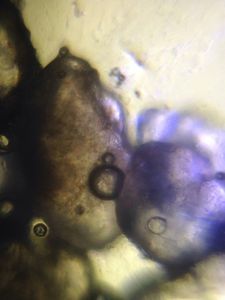
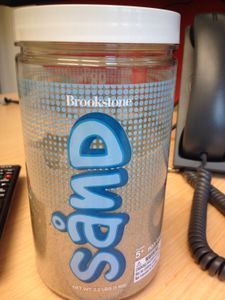
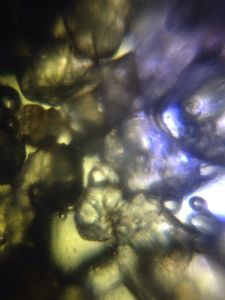
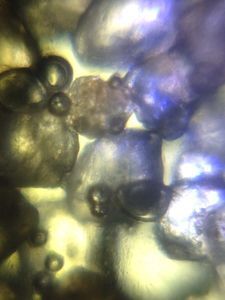
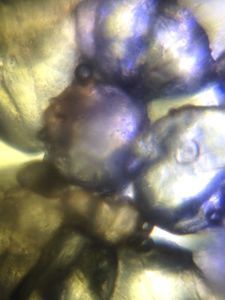
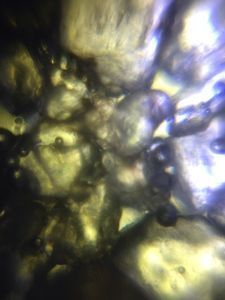
Sign in to commentNobody has commented yet... Share your thoughts with the author and start the discussion!

 0 Applause
0 Applause 0 Comments
0 Comments
















